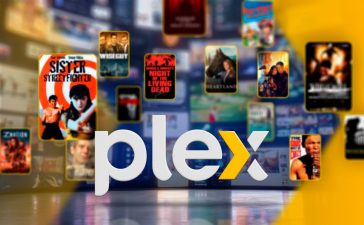My eighth-grade teacher, Mr. Pace, taught us to avoid generalizations. He would have frowned upon me for a recent column where I generalized about audio data rates and cellphone data limits.
This reader called me out on it: “Help me understand your comment from your Sunday, Feb. 4, News-Gazette column, ‘Audio requires so little data that you won’t bump up against the data limit if your phone plan or ISP imposes one.’
“My smartphone service provider, Consumer Cellular, has a data limit on my plan of 1 GB. My music provider, Sting-Ray, in its lowest transmission quality has a data rate of 45 MB per hour. When I do the math, the 1 GB is 1,000 MB — right? So, 45 MB per hour would use up the 1,000 MB in only a little over 22.22 hours of listening — right? So, I would ‘bump up against the data limit’ in just a few days of listening not on Wi-Fi but on data only. At least it seems to me.”
First, I generalized about data limits. Then I assumed low audio bit rates.
In our data-driven age, I envisioned most readers would have at least 10 GB of data in their cellphone packages.
Your home internet ISP limit probably is at at least that much if not considerably more.
With 10 GB of data, the reader could enjoy about 220 hours of listening. Consumer Cellular charges an extra $5 a month for 5 GB of data and $15 additional for 10 GB of data.
While Consumer Cellular ranks highly as a cell service provider, other companies offer better value in data. Mint Mobile promises 15 GB for $20 a month, plus fees and taxes, with a one-year contract.
If you fail to regularly use your data allocation, Mint will notify you to step down a notch and save a few dollars. If you’re over 55 years old, T-Mobile includes 50 GB of data for $40 a month, plus taxes and fees. Most of the best cell plans require some form of auto pay either via credit card or directly from your bank account.
Audio streaming varies from low-fi 64 KB per second to near audiophile 320 KB per second. Some services allow adjusting the data rate. Other services charge extra to improve fidelity with higher bit rates. While stepping around the trap door of generalizations, most music streaming services range from 128 KB/second to 256 KB/second. This makes a major difference in how fast you chew through your data allocation.
A few readers inquired about installing an old-fashioned TV antenna. Viewing local stations via streaming substantially raises the cost of a streaming subscription, just as with cable. Most audio/video stores in town offer antenna installation, whether in your attic or on the roof. Be prepared for sticker shock. Climbing ladders and around your roof or trying to breath through 40 years of dust and insulation in your attic require skill and fortitude. Then there’s snaking the cable through walls to the TV. The antenna itself will cost about $100, but the installation can be more than twice that.
Another reader challenged me concerning the economics of electric vehicles (EVs). This is even trickier than cellphone data allowances and audio bit rates.
“Seems like all the EV manufactures are in a horse power race. How many people really want to go 0-60 mph in under 5 seconds? Seem to me EV range could be increased simply by using smaller efficient electric motor(s) that do not draw so much current. This could reduce the battery capacity requirement and hence overall vehicle cost.”
There’s minimal correlation between horsepower and range with EVs. The Nissan Leaf, one of the lowest horsepower EVs, also has a very short range. The Lucid Air Grand Touring, one of the highest horsepower EVs, goes the furthest on a charge. I’ll devote an entire column to this in the near future.
Rich Warren, who lives in the Champaign area, is a longtime reviewer of consumer electronics. Email him at hifiguy@volo.net.












